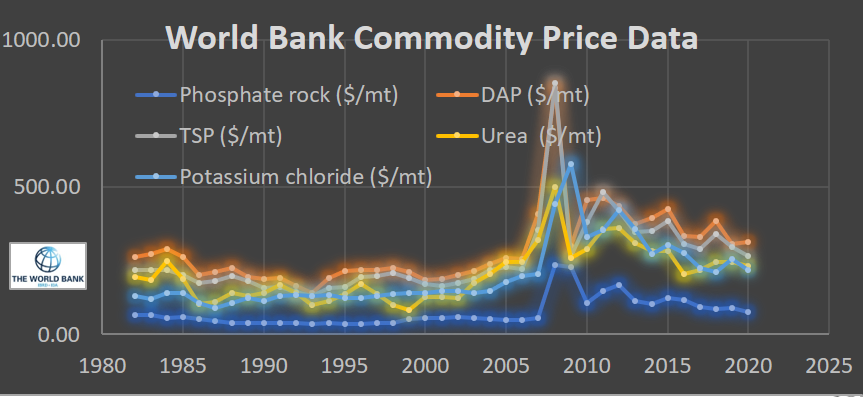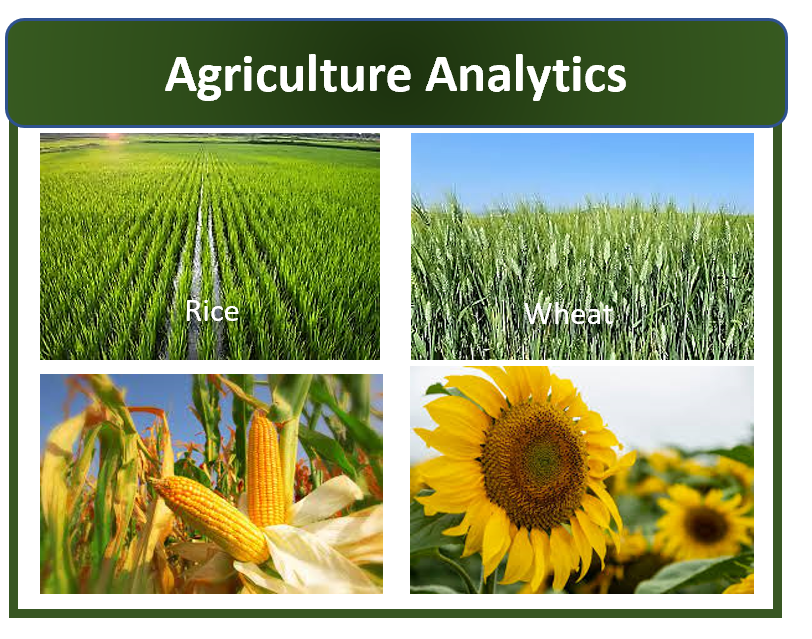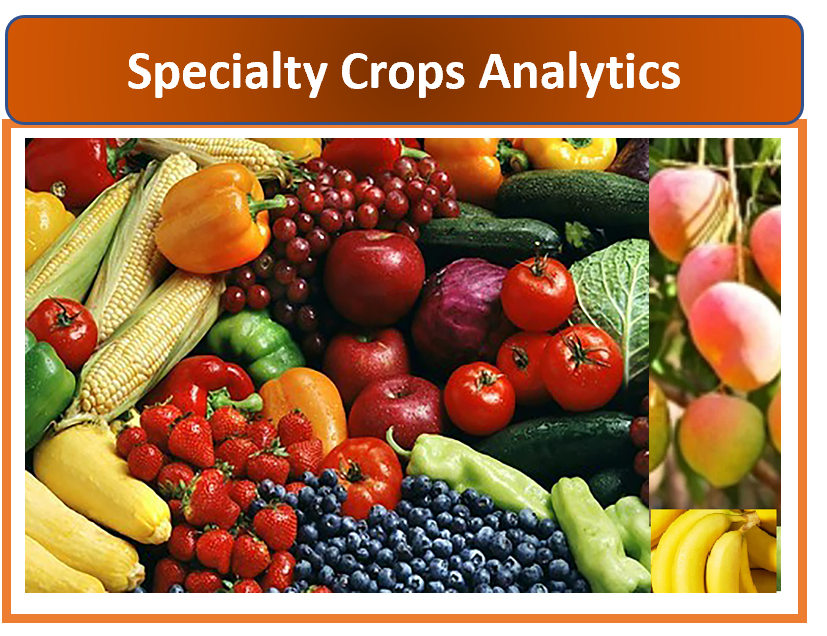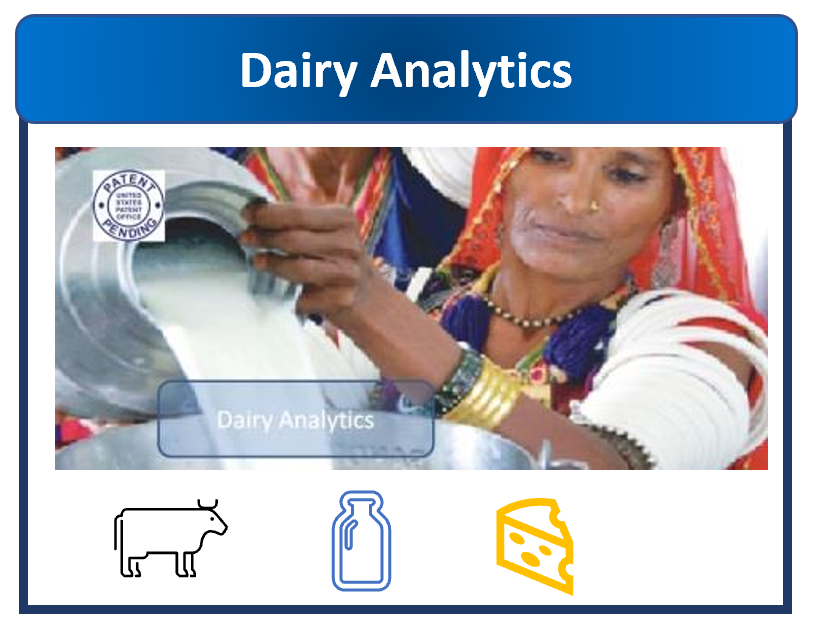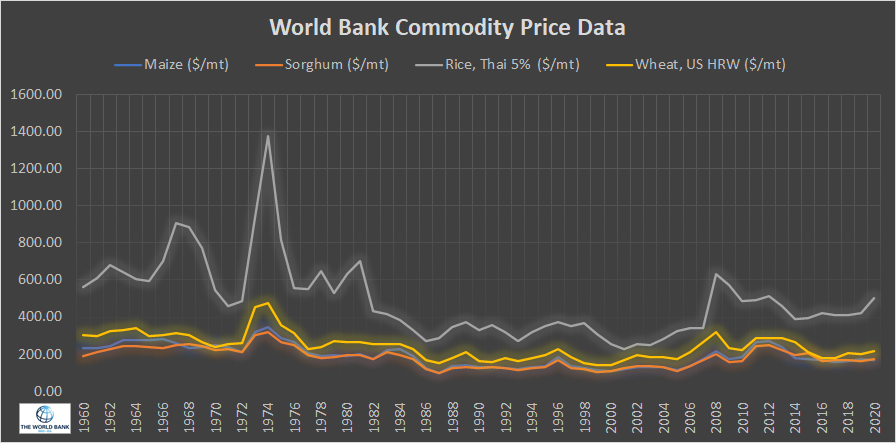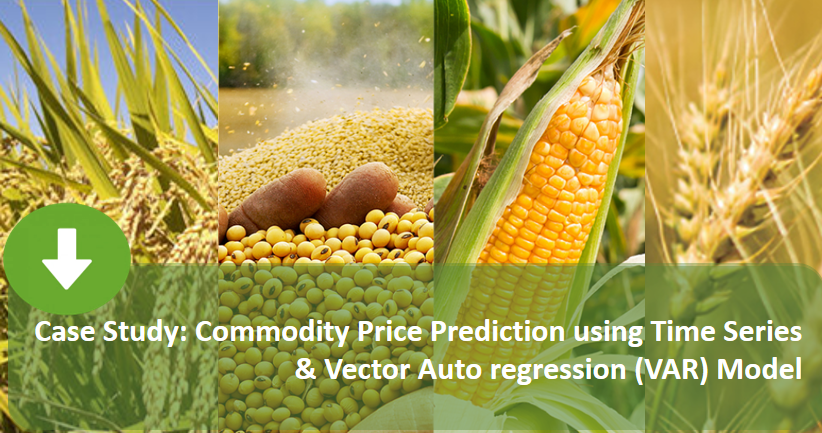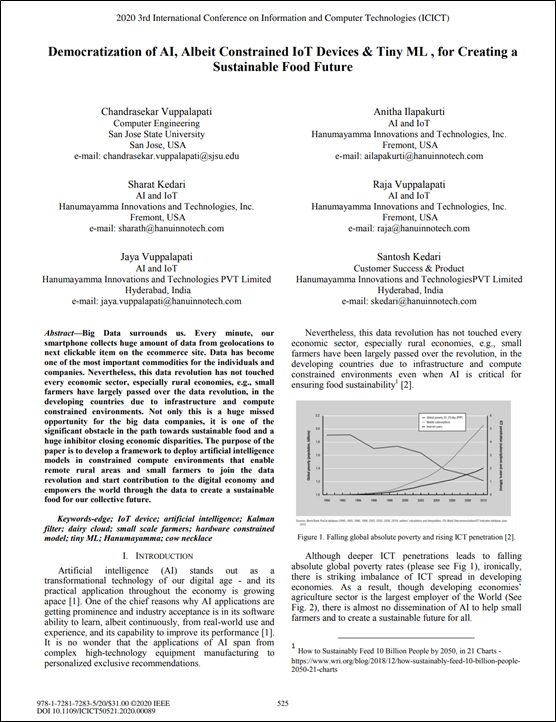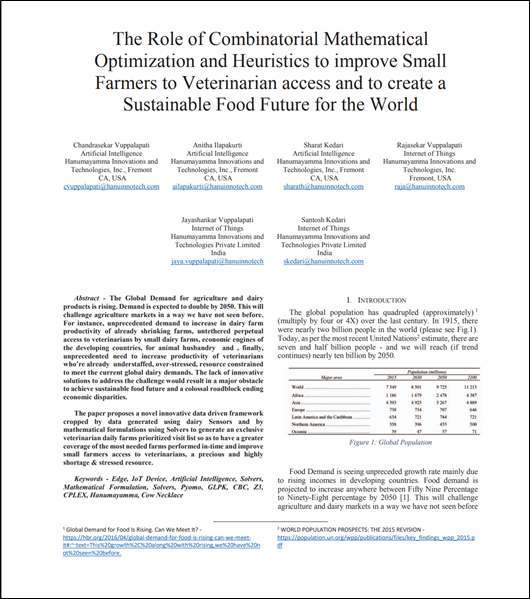-
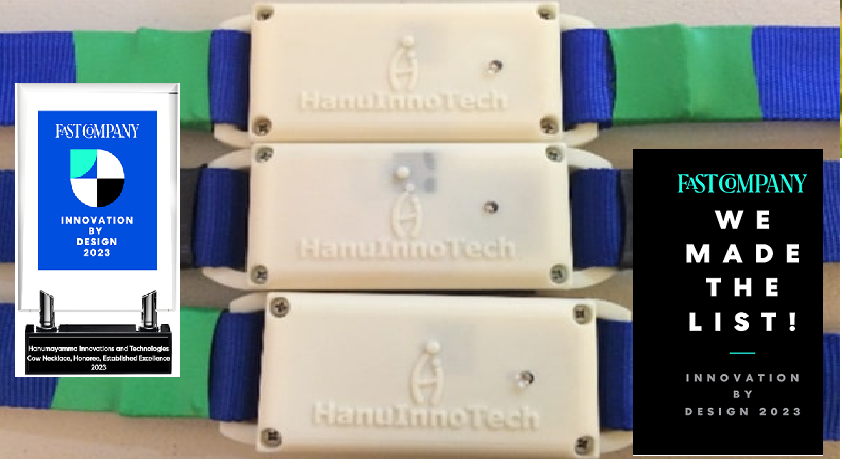
-

Sriya AgriVet Monitor™
Industry-First AI-Powered Agentic Monitor Designed for Small to Mid-Size Farms.
Know More... -
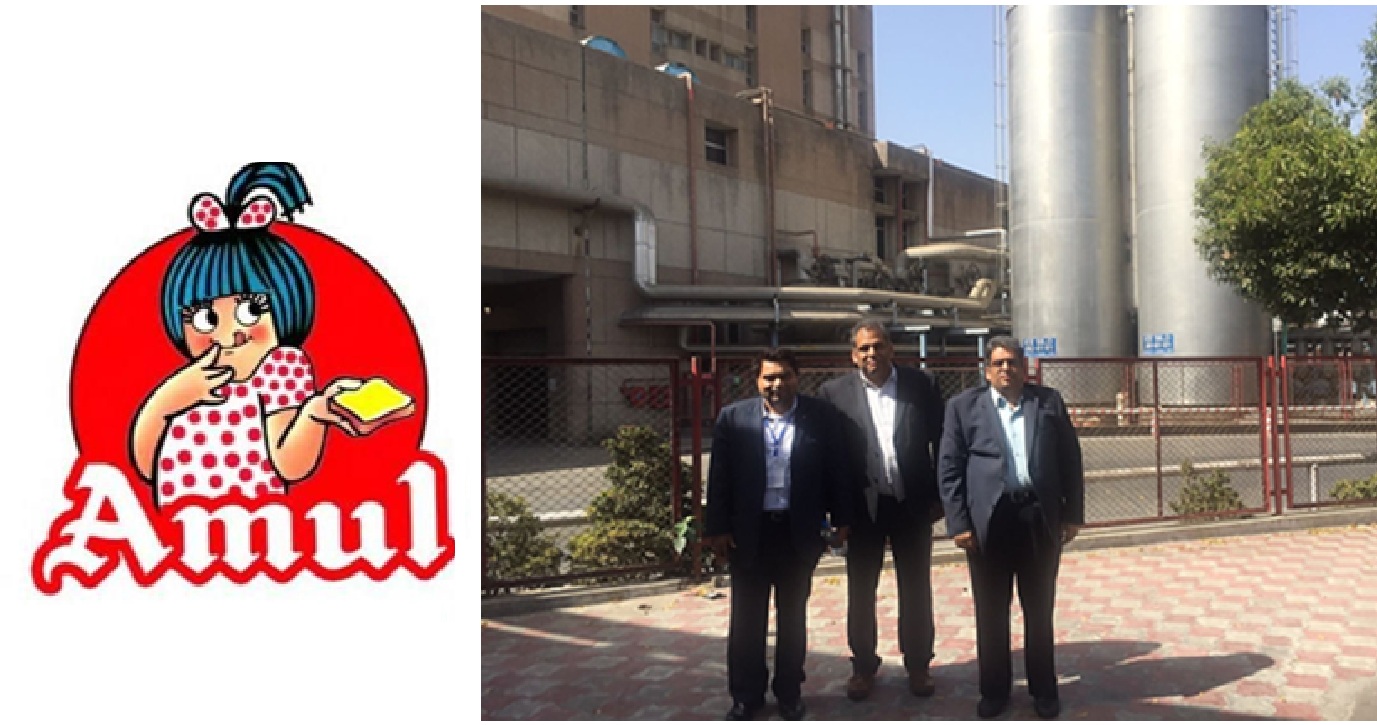
Wearable AI for Animal Husbandry and Dairy Cattle
In 2017, Hanumayamma began landmark engagements with Amul, NDDB, and Parliament to spark India’s digital dairy revolution...
Case Study -

National Agricultural Banks: Investment Protection Powered by AI
Enhancing Agriculture & Dairy Loan Protection with Hanumayamma Cow Necklace, Biomedical Sensors, and AI Platform
Case Study -
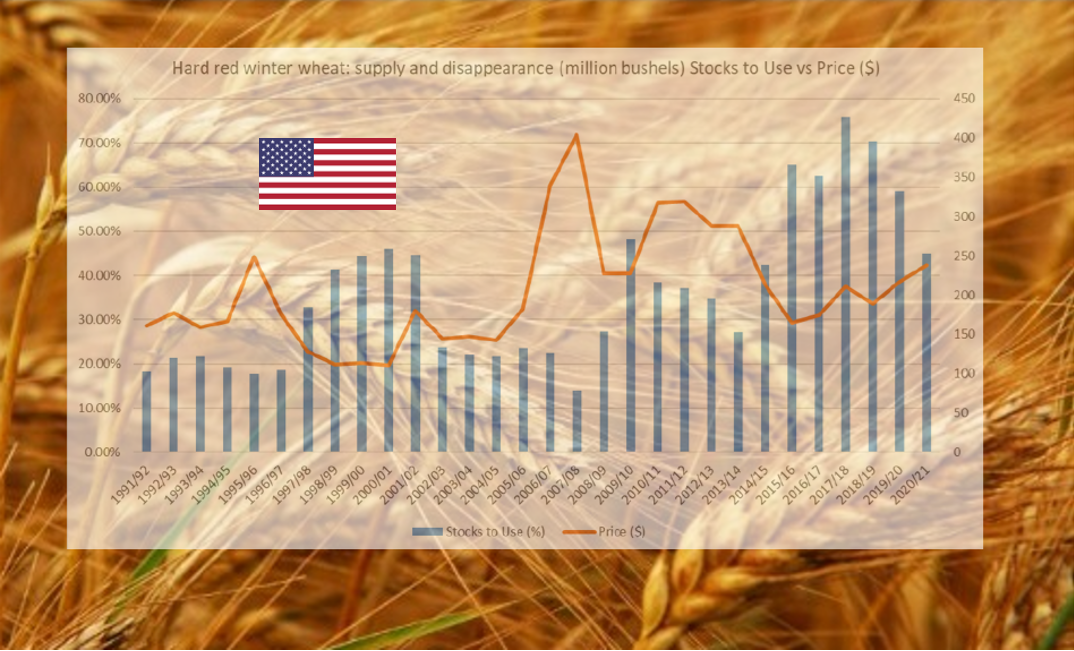
Winter Wheat - Stocks to Use ratio
provides a great market price predictability for small farmer...
Know More... -
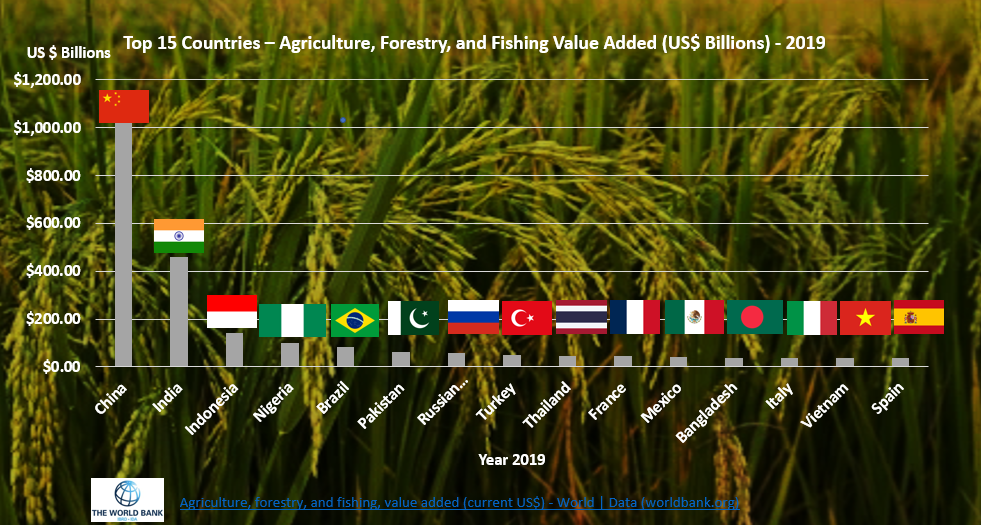
Predictive Models
Small farmer actionable insights derived from macroeconomic trends and Gross Domestic Product (GDP) Changes
Know More... -
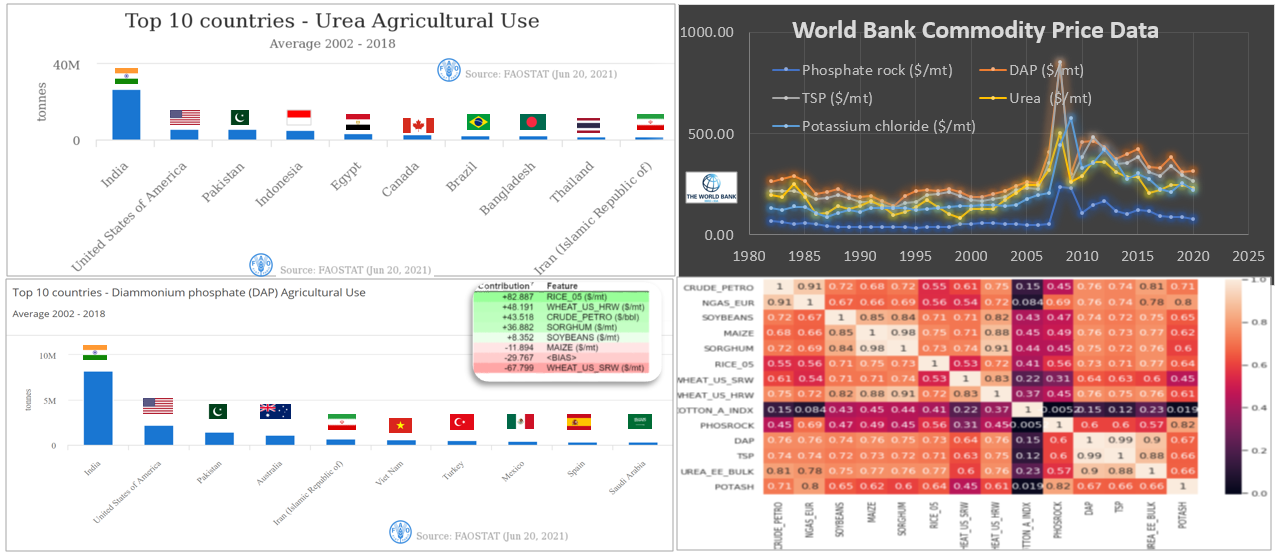
Insights from VAR Models enable to lower the cost of Farm Inputs...
Exclusive recommendation to purchase Fartilizers and Improve profitability...
Know More... -
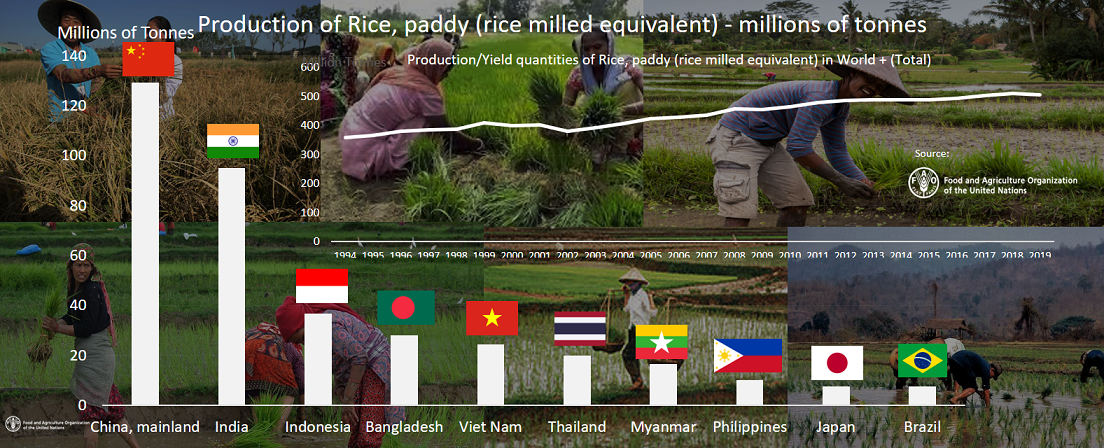
-
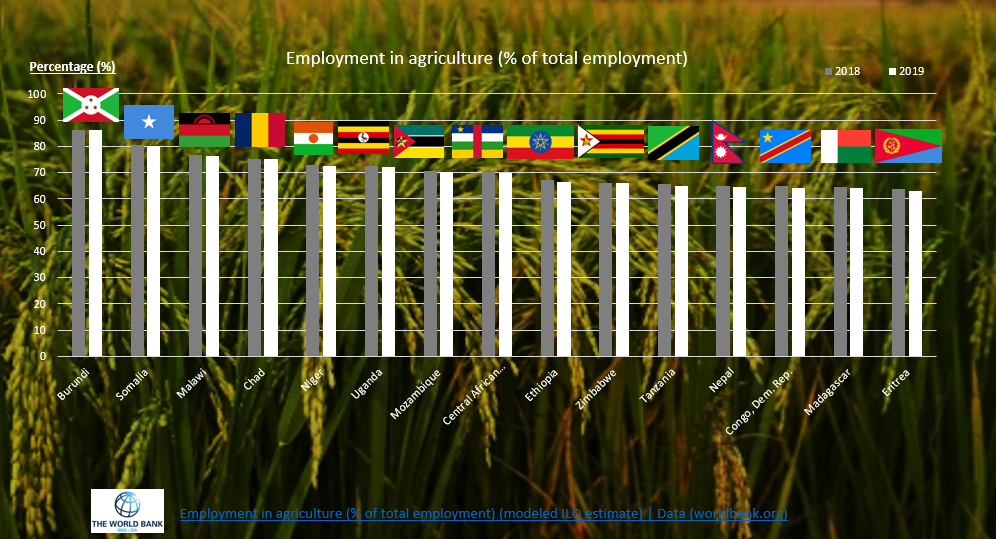
Prognostic models to help better govern...
Improved rural employment in agriculture is a true measure of a country’s economic health and overall wellbeing!
Know More...


